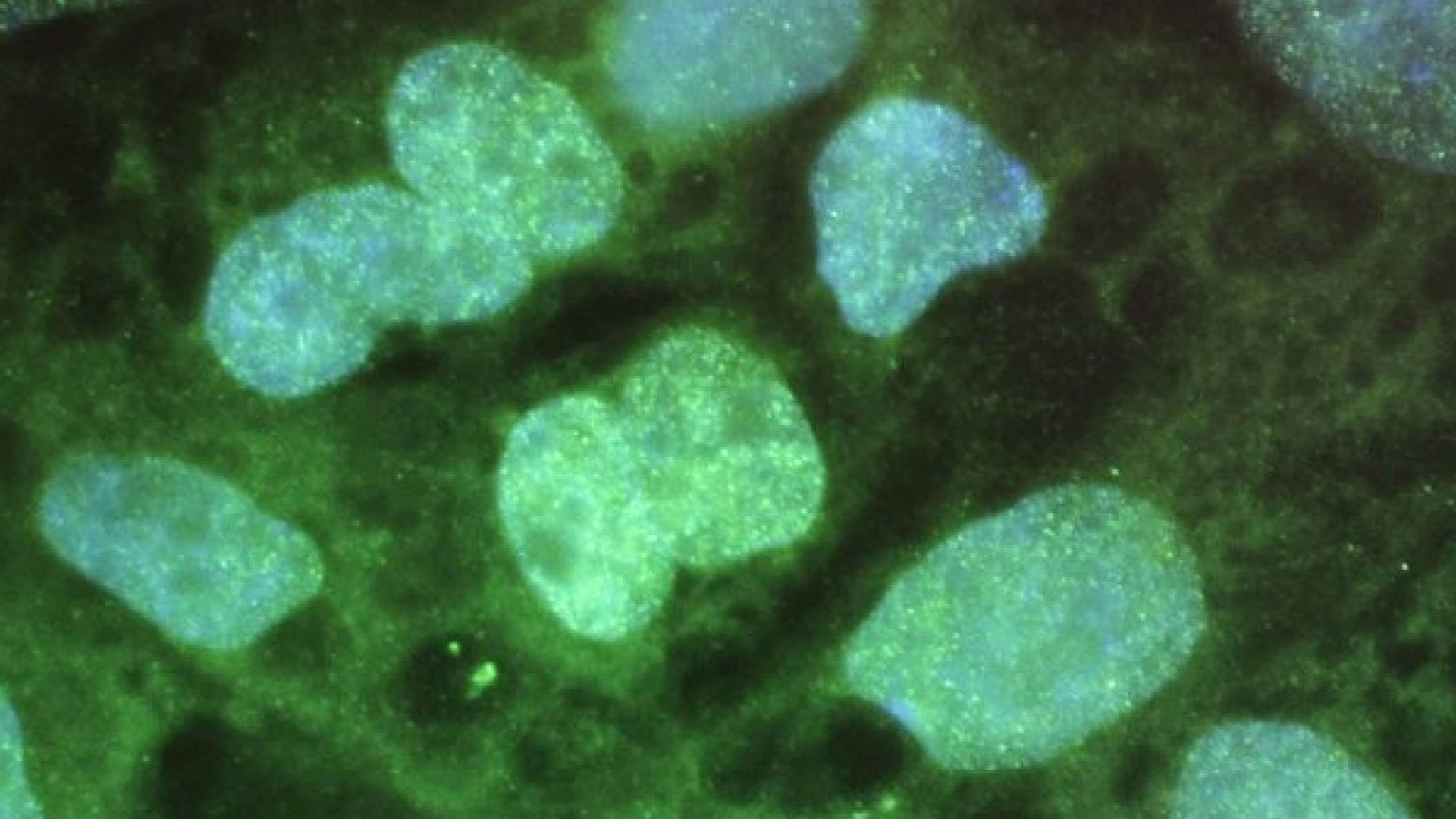In the Sillan family’s backyard, 5-year-old Blake and his little sister, Eloise, share the joys of being siblings.
“They laugh, they joke, they giggle, they’re best friends and biggest enemies at the same time,” said their mother, Amy Sillan (who is an NBC 5 employee), while sitting next to their father, Pete Sillan, in their Southlake home.
 NBC 5 News
NBC 5 NewsAmy and Pete appreciate those complexities because their two children didn’t always connect.
“No, no. I would say if you peeked in our window a year ago you’d see a very different situation,” Amy said. “Blake and Eloise didn’t play together. Blake wanted to play, but he didn’t know how and Eloise would be frustrated and he most certainly didn’t play with toys.”
Since birth, they said Blake was a unique child, but later came delayed motor skills, lack of speech, fixations and repetition and meltdowns.
“Autism took up 85 percent of our day, and it almost paralyzed you,” Amy said. “If he didn’t hit the driveway button and you did - it would cause a meltdown and you couldn’t get him in or out of the car.”
Local
The latest news from around North Texas.
Just before Blake’s third birthday, he was diagnosed with autism spectrum disorder.
“You know, it is a very terrifying thing to hear,” Amy said.
“Not knowing about the high-functioning part, you know, your worst fears come into your mind, ‘He’s never gonna work, he’s never gonna have a girlfriend, never get married,’” Pete said.
Six weeks after that diagnosis, the Sillan family found out about Duke University doing a medical trial to help children with autism.
Dr. Joanne Kurtzberg is leading the research.
“I do think that cell therapy is, at least at a preliminary stage, looking like it’s really gonna make a difference in the disease,” said Kurtzberg.
Blake applied to be included in the trial and he was chosen.
During the family’s two trips to Duke, researchers used an IV to insert a fluid into Blake, which either contained his own cord blood cells (which were banked and stored after birth), or he was given another child’s cells, or none at all (in the form of a placebo).
According to the Duke Center for Autism, "previous research has shown that cord blood cells can help reduce inflammation and signal cells to help repair damaged brain areas. The goal of this study was to investigate whether similar success will be shown in children with ASD."
“But the study is blinded, so no one knows what their child received or what order,” said Kurtzberg.
Four months after Blake’s first treatment at Duke, Amy and Pete saw a difference in their son.
“He was having full conversations and interacting a lot more socially,” Pete said.
“He still struggles and he’s definitely very much still on the [autism] spectrum, but the changes in the unwanted behaviors that sometimes come with being on the spectrum have decreased — and whether that be aggression, or overly repetitive obsessions — those have all gone down and as Pete said, his language is just amazing,” Amy said.
This is Duke’s second phase of this trial and these results won’t be analyzed until next fall; however, the trial’s first phase, which is already complete, showed promising results for the children with autism who participated in the study.

“And we found that about 70 percent of the children improved getting their own cord blood,” said Kurtzberg.
If this second trial also shows that cord blood is beneficial, Duke will work with the FDA to expedite approval of this treatment for all children.
“That will be very exciting, because I know how challenging it is to have a child with autism and up until this point there really hasn’t been a therapy that could really modulate behavior,” said Kurtzberg.
For Amy and Pete, this research has given them hope because they can see a difference in their son.
“Our parental instinct told us something was wrong before we got the diagnosis, and our parental instinct tells us that something’s happening,” Amy said. “We’ll let the science prove it, but, it could be maturity, it could be all the extra therapy he does, but, this is a different kid than a year ago.”
Amy said her family is grateful and humbled by being chosen to take part in this medical trial, and they hope the results will one day be able to help all families dealing with autism.
Until then, Amy and Pete hope that more people will open up about what it’s like living with autism, so others who don’t have it will be more understanding during the most difficult moments that it can bring.
For families interested in receiving this treatment (who are not in the trial) they can pay Duke for the treatment through Expanded Access Protocol, but Kurtzberg said some families are frustrated because there’s a long waiting list to get in.




